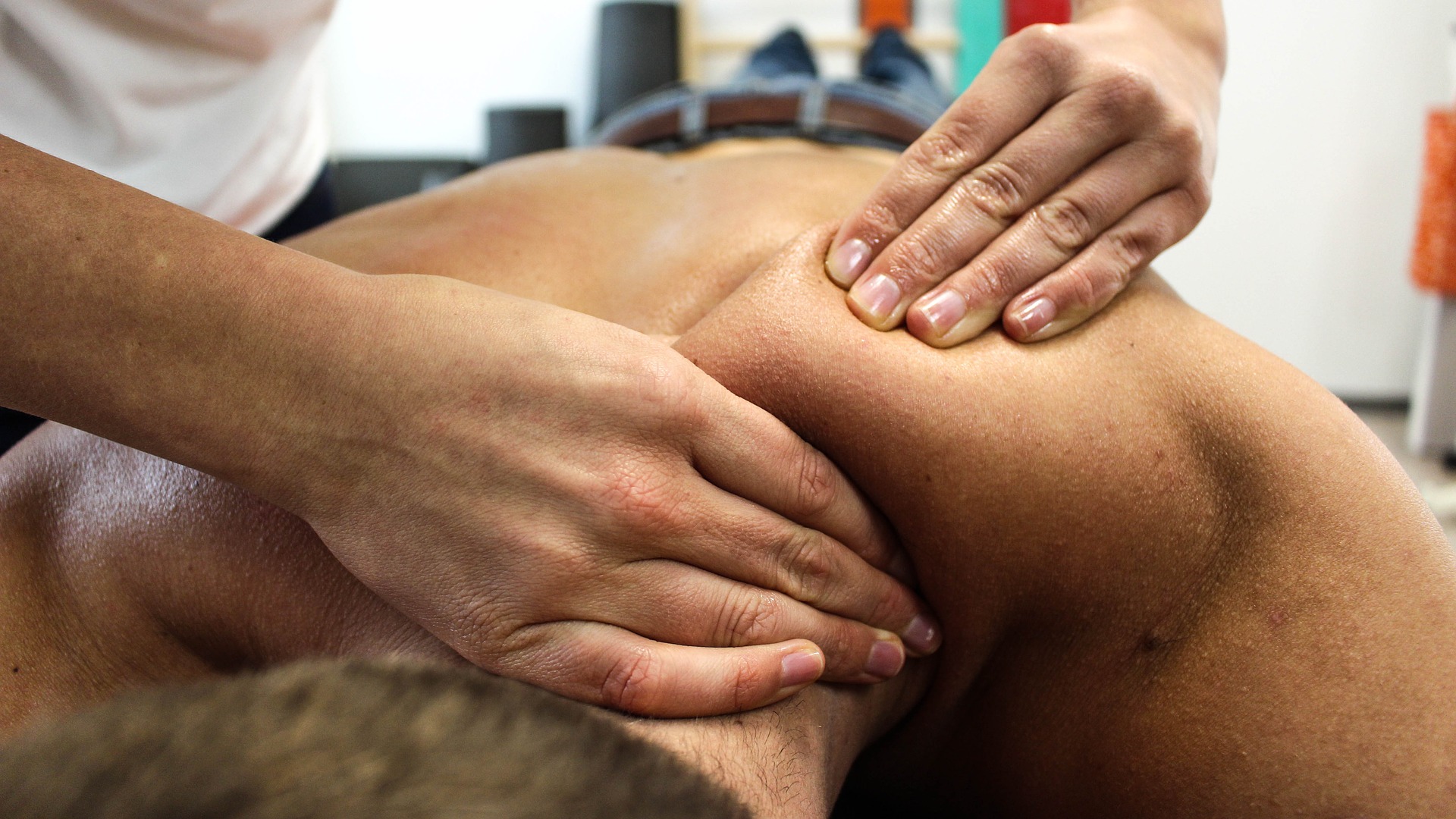Orthopedic Massage
What sets orthopedic massage apart from the numerous other massage techniques is the fact that it, itself, is not a specific ‘technique’. Rather, the term ‘orthopedic’ is used to refer to the locomotor system, as it is used in conventional medicine. An analogy can be made with the phrase ‘orthopedic medicine’, which describes a conceptual approach to medical practice more than just one particular treatment method. Similarly, the phrase ‘orthopedic massage’ describes a comprehensive system, rather than a particular technique (though some are attempting to use the phrase to describe a specific ‘technique’). As a comprehensive system, orthopedic massage is capable of integrating a variety of massage’s most effective techniques in the treatment of soft-tissue dysfunctions, pain and injuries. Four component parts characterize the system of orthopedic massage: orthopedic assessment, matching the physiology of the tissue injury with the physiological effects of treatment, treatment adaptability, and understanding the rehabilitation protocol.

Four Primary Components of Orthopedic Massage
Orthopedic Assessment
Treatment Adaptability
Matching the physiology of the injury with the physiological effects of treatment
Understanding the rehabilitation protocol
Orthopedic massage is a system made up of a variety of different techniques. Despite the difference in techniques there are several underlying principles that are essential to the system. The first is assessment and evaluation skills. When working with soft tissue pain and injury it is essential the practitioner be able to assess the nature of the condition and understand its physiological make-up. In order to determine if massage is appropriate, and what kind of massage, if any, should be done, the practitioner must have some method of systematic evaluation of the client’s condition.
Not only should the practitioner be familiar with the condition, but also with the most frequently used massage techniques. Therefore, the second component of the orthopedic massage system is to match the physiology of the injury with the physiological effects of the treatment technique. There is no single massage modality that will effectively treat all of the diverse types of pain and injury conditions. Rather, in some situations a particular technique will be highly beneficial, yet when used on another condition it may be contraindicated. Therefore, the massage therapist must understand the physiological effects of the treatment that s/he chooses.
The third component of orthopedic massage is treatment adaptability. Clearly, with the diversity of conditions, the practitioner should not rigidly adhere to one set of techniques. In addition, each client will provide a unique presentation of the pain or injury condition. As such, the practitioner will most effectively treat their client with a protocol that is individually suited to that person.
Finally, the orthopedic massage system recommends understanding the rehabilitation protocol. Rehabilitation protocol is a phrase used to describe the most effective progression through the stages of soft tissue healing. It includes knowledge of proper tissue healing and injury prevention. While it is not appropriate for the massage therapist to prescribe a rehabilitation plan, the practitioner of orthopedic massage often works in conjunction with other health professionals and it is important that s/he understand these rehabilitation factors.
Orthopedic massage is an exciting new approach to the treatment of numerous pain and injury conditions previously treated only with conventional methods. Providing a comprehensive system of treatment that incorporates a wide variety of massage treatment techniques, orthopedic massage enables the practitioner to choose the most effective treatment for a particular condition. The orthopedic massage practitioner is knowledgeable and skilled in their understanding of pain and injury conditions and massage treatment techniques. This combination of expertise provides for the most effective treatment of soft tissue pain and injury conditions using massage therapy.
Information found on this page was obtained with permission from the Academy of Clinical Massage.

Month-to-Month Memberships
Getting a massage can do you a world of good. And getting massage frequently can do even more. Unlocking the extraordinary benefits of a consistent treatment program will make you feel years younger, allow you to recover faster from activities, increase your quality of sleep and energy.
